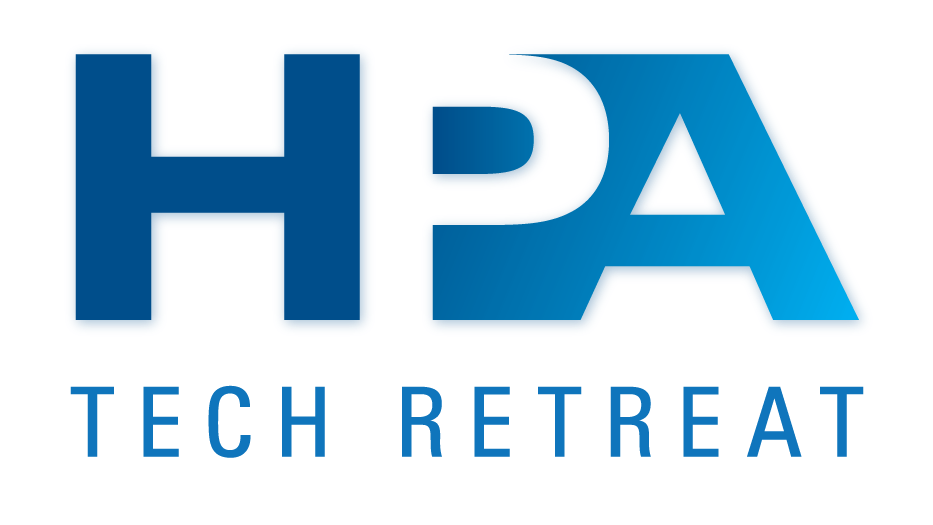SSL's MORSE
The growth in news, sports and other real-time TV production demands constant increases in flexibility and efficiency from all production facilities. Improved productivity from facilities that represent high capital investment and carry significant labor costs is often promised by new digital technologies, which rarely deliver consistent improvements.
A key to increasing efficient use of a facility is the ability to mix and match any studio area with any control room, with the added benefit of migrating production seamlessly from one area to another to cope with maintenance or other scheduling demands. In real-time applications, key requirements are guaranteed low latency, reliable connection, embedded data transport and secure resource management. With the increase in HD production, signal quality is also a significant issue.
There are IT approaches to delivering this type of plant routing; however, these are often compromised in some way. Other traditional approaches to this level of operational flexibility, such as using physical multichannel patching, can be expensive or restrictive, often forcing all production areas to have the same type and quantity of equipment regardless of their intended use.
Synchronous audio bulk transport
With larger broadcast installations that cover areas of one city block or more, the technical challenge of quality loss over long cable runs has been solved by optical fiber. Yet from an operations viewpoint, joining studio and control areas is often difficult. This situation may be more complex for audio than for video, due to the higher number of discrete signals and the multiple different analog and digital formats commonly used.
An established audio bulk transport format such as Multichannel Audio Digital Interface (MADI) is a practical solution. MADI offers up to 64 channels of audio plus signaling data over a single cable. And it does not suffer quality loss or significant latency because the audio is not compressed and can quickly be deserialised at any receiver node.
Solid State Logic's Modular Resource Sharing Engine (MORSE) uses MADI-over-fiber and redundant, modular connectivity to provide a system that is reliable, flexible and well integrated into the TV environment. Consisting of a central, fully redundant audio routing core and satellite I/O frames, it allows any production/machine area to be instantly connected, bidirectionally, to any audio control suite. Integration with the full range of professional equipment found in a TV facility is achieved with different I/O cards, offering all formats from microphone preamp inputs to HD-SDI interfaces. The router can accept up to 48 MADI streams, equivalent to more than 4Gb/s data throughput, and has a fully redundant 4096 × 4096 crosspoint matrix.
The professional video industry's #1 source for news, trends and product and tech information. Sign up below.
SSL's C100 digital broadcast console can control the router's crosspoint matrix and the preamp settings on any production floor mic from its control surface, offering a transparent experience for the audio operator, with full recall.
Resource management
Proper resource management, such as arbitrating potential conflicts between users that want access to specific resources simultaneously, is vital to any multiuser routing system. For example, when more than one operator needs to use a mic preamp, the system should allocate access to on-air users in preference over preshow, rehearsal, maintenance or other users.
This is essential to avoid one control area unknowingly disrupting an on-air production by changing a shared resource. Audio sources should be freely accessible by simultaneous users, but the control settings, such as mic gain, and the ownership of audio destinations, such as recorder/transmitter feeds, must be securely managed.
Cross-media integration
Control of any router as part of a larger routing infrastructure is often required, providing global management from one master control system. MORSE integrates well in this scenario, acting as an audio layer within the facility router via several common protocols.
Video suites and other nonaudio areas can have parallel access to sourcedestination crosspoints within the system without any audio staff intervention. This is done either from existing XY control panels or via customizable PC software with access controlled by secure log-in accounts.
On-air reliability
Regardless of external control mechanisms, no part of the audio router should be based on off-the-shelf software or hardware due to the security and reliability vulnerabilities that these inevitably introduce.
Instead, a fault-tolerant embedded controller with full redundancy and comprehensive diagnostics should be employed to manage all the user rights, audio and control data. Hot-swap designs are also highly valued, as the chassis never needs to be power-cycled, avoiding the greatest stress on the electronics.
Fanless (silent) chassis are essential for I/O units placed in production areas. And status/configuration reporting over TCP/IP provides remote monitoring for maintenance systems.
Conclusion
With the growth of HD production, the need for an audio resource-sharing solution with real-time transfer, high-quality signals, capacity for significant expansion, and on-air reliability and security has never been greater. MORSE's close integration with the C100 audio console and the larger broadcast infrastructure allows new levels of high-quality productivity for live television.
Andrew Clark is C100/MORSE product manager for SSL.
